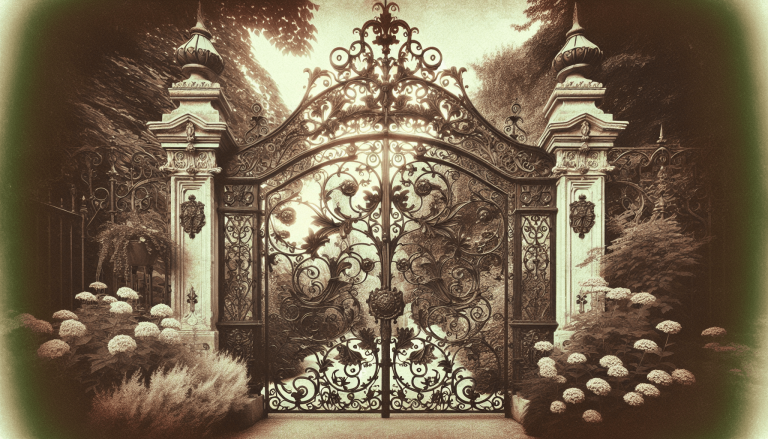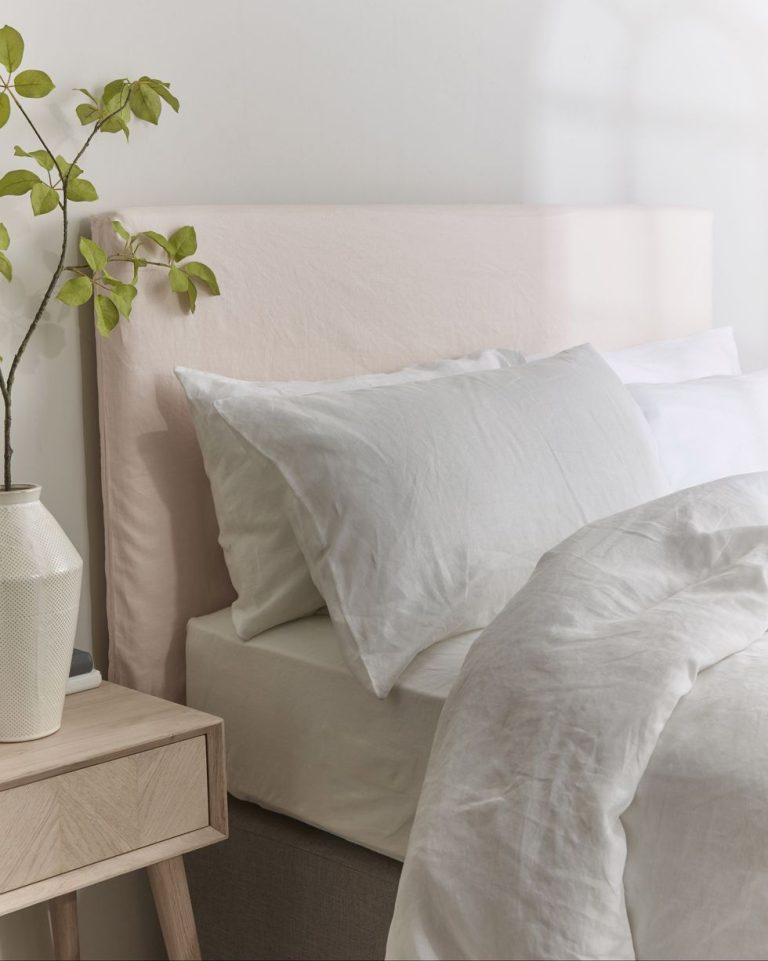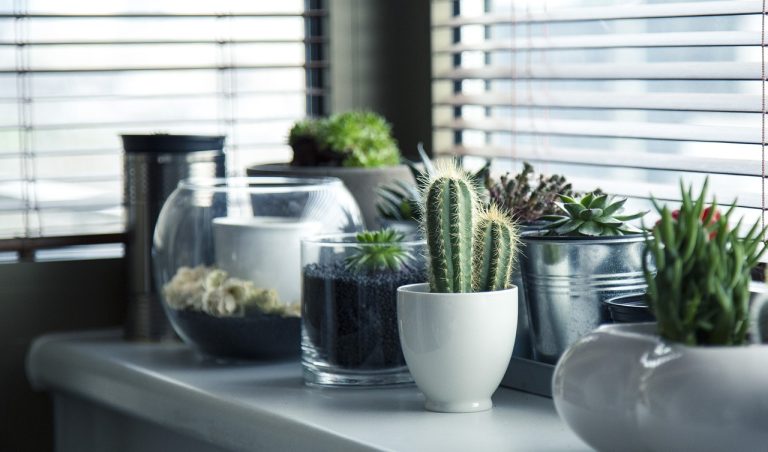If you’re looking to start a container garden in the UK, you’ve come to the right place! Whether you have a small balcony or a spacious backyard, container gardening is a fantastic way to bring the beauty of nature into your space. This article will guide you through the essential steps to get started on your container gardening journey, from selecting the right containers and soil to choosing the perfect plants for your UK climate. So grab your gardening gloves and let’s get started on creating your own little green oasis!
Table of Contents
ToggleChoosing the Right Containers
When starting a container garden in the UK, one of the first steps is to choose the right containers. Consider the size and material of the containers before making your selection. The size will depend on the type of plants you wish to grow and the space available. Larger plants will require bigger containers, while smaller plants can thrive in smaller pots. As for material, plastic or terracotta pots are popular choices. Plastic containers are lightweight and retain moisture well, while terracotta pots offer a more aesthetic appeal but may dry out more quickly.
Another crucial factor to consider is proper drainage. Ensure that the containers you choose have adequate drainage holes or the ability to add them. Without proper drainage, excess water can accumulate, leading to root rot and other plant diseases. Additionally, containers with drainage holes allow excess water to escape, preventing overwatering and promoting healthy plant growth.
Handles on containers may seem like a small detail, but they can make a significant difference in your gardening experience. Handles make it easier to move the containers around, especially if you need to shift them to different locations throughout the day to optimize sunlight exposure. This flexibility can be particularly helpful during the colder months when you may need to bring the containers indoors to protect the plants from frost.
Lastly, consider the aesthetic appeal of the containers. Container gardening offers an opportunity to enhance your outdoor space with beautiful plants and stylish containers. Choose containers that complement the overall theme and design of your garden or patio. Opt for colors and patterns that resonate with your personal taste and create a visually pleasing ambiance.
Selecting the Right Location
After selecting suitable containers, the next step is to determine the right location for your container garden. Assess the sunlight requirements of the plants you intend to grow. Some plants thrive in full sunlight, while others prefer partial shade or even full shade. Observe the patterns of sunlight in your outdoor space throughout the day to identify the areas with the best sun exposure.
Consider the temperature and wind exposure in your chosen location. Some plants may not tolerate extreme temperatures, so it’s essential to understand the climate conditions in your area. Strong winds can also damage delicate plants or cause soil to dry out faster, so finding a sheltered spot or using windbreaks may be necessary.
In addition to sunlight and weather conditions, evaluate the accessibility of the chosen location. Container gardening requires regular maintenance, including watering, pruning, and harvesting. Ensure that the location is easily accessible for these tasks, as well as for any required mobility aids such as wheelchairs or walking frames.
Preparing the Containers
Before planting, it’s crucial to prepare the containers properly. Start by cleaning the containers thoroughly. Wash them with warm soapy water and rinse them well to remove any dirt or debris. This step helps prevent the spread of pests or diseases to your new container garden.
Next, create drainage holes if the containers do not already have them. This can be done using a drill or a hammer and nails, depending on the material of the containers. Make sure the holes are of sufficient size to allow excess water to drain freely without causing waterlogging.
After creating drainage holes, it’s time to apply a layer of potting mix. Choose a high-quality potting mix that is specifically formulated for container gardening. This type of soil mix is lightweight, well-draining, and rich in nutrients, providing an ideal growing environment for your plants.
Choosing the Right Soil
When it comes to container gardening, selecting the right soil is essential for the health and vitality of your plants. Consider the type of plants you wish to grow and their specific soil requirements. Some plants prefer acidic soil, while others thrive in alkaline or neutral soil. Research the soil preferences of your chosen plants and select a potting mix that meets their needs.
Using a quality potting mix is crucial for container gardening success. This type of soil mix is specifically designed for containers, providing excellent drainage, aeration, and nutrient availability. Avoid using garden soil as it may be too heavy and compact, leading to waterlogging and poor root growth.
Consider adding amendments to the potting mix to enhance its fertility and structure. Vermiculite or perlite can improve drainage, while compost or well-rotted manure can provide additional nutrients. Before adding any amendments, make sure they are suitable for the plants you are growing and follow the recommended application rates.
It’s important to note that container gardens require more frequent watering and nutrient replenishment than traditional gardens. Therefore, investing in quality soil and amendments will help ensure your plants have the necessary resources to thrive.
Selecting the Right Plants
When selecting plants for your container garden, it’s important to consider the conditions of your garden and choose plants with similar requirements. Take into account factors such as sunlight exposure, temperature tolerance, and water requirements. If you have a sunny spot, opt for plants that thrive in full sun, while shade-loving plants should be selected for shaded areas.
Assess the size and growth habit of the plants you wish to grow. Some plants, such as sprawling vines or tall shrubs, may outgrow small containers, while others may stay compact and suitable for smaller pots. Additionally, consider the overall look you want to achieve and choose plants with complementary colors and textures.
To ensure a thriving container garden, it’s crucial to select plants that are well-suited to your local climate and growing conditions. Research specific plant varieties that are known to perform well in your region and consult with local gardening experts or nurseries for advice.
Planting the Containers
When it comes time to plant your containers, there are a few key steps to follow for success. Ensure proper spacing between plants to allow for their growth and prevent overcrowding. Consult planting guidelines specific to each plant variety to determine the ideal spacing requirements.
Place plants at the correct depth in the containers. Typically, you should plant them at the same depth as they were in their original pots, ensuring that the top of the root ball is level with the soil surface. This will promote healthy root development and reduce the risk of transplant shock.
After planting, water the containers thoroughly to settle the soil and provide moisture to the roots. Watering immediately after planting helps eliminate air pockets and ensures the plants receive the necessary hydration. Monitor the moisture levels in the containers and adjust the watering frequency as needed.
Providing Adequate Watering
Proper watering is crucial for the success of your container garden. Remember to water regularly to prevent the soil from drying out completely. Containers tend to dry out faster than traditional garden beds, especially during hot or windy weather, so keep a close eye on the moisture levels.
When watering, aim to water deeply, ensuring that the water penetrates the entire root zone. Shallow watering can lead to shallow root growth, making the plants more susceptible to drought stress. To achieve deep watering, water until you see excess water draining out of the container’s drainage holes.
To help retain moisture and reduce evaporation, consider using mulch on the soil surface. Organic mulch, such as wood chips or straw, can help regulate soil temperature and conserve moisture, reducing the need for frequent watering. Ensure that the mulch is applied in a thin layer to allow water penetration to the root zone.
Monitoring soil moisture levels is essential to prevent over or under-watering. Use a moisture meter or simply insert your finger into the soil to check its moisture content. Adjust your watering schedule based on the readings and individual plant requirements.
Fertilizing the Plants
In addition to water, providing adequate nutrients to your container garden is crucial for healthy plant growth. Choose the right fertilizer based on the specific needs of your plants. Some plants may require a particular type of fertilizer, such as slow-release or organic options. Read the fertilizer packaging for guidance or consult a gardening expert for recommendations.
Follow the instructions provided on the fertilizer packaging to ensure proper application. Applying too much fertilizer can burn the roots and damage the plants, while applying too little may result in nutrient deficiencies. Follow the recommended dosage and frequency of application to ensure the plants receive the nutrients they need without causing harm.
Timing is key when it comes to fertilizing your container garden. Applying fertilizer at the right time can maximize its effectiveness and support optimal plant growth. Generally, fertilizing at the beginning of the growing season and then periodically throughout the season is recommended. However, follow the specific instructions for the fertilizer you are using and adjust accordingly based on the needs of your plants.
Maintaining the Garden
Regular maintenance is essential for a thriving container garden. Prune and deadhead your plants regularly to promote healthy growth and remove any diseased or damaged parts. This will help maintain a tidy and attractive garden while also preventing the spread of pests and diseases.
Monitor your plants closely for any signs of pests or diseases. Early detection is crucial in preventing infestations or the spread of diseases. Remove any pests manually or use appropriate insecticides, following the instructions carefully to ensure safe and effective pest control.
Weeds can compete with your container plants for nutrients and water, so it’s important to remove them promptly. Check your containers regularly and remove any emerging weeds by hand. Applying a layer of mulch can also help suppress weed growth and reduce the need for constant weeding.
As your plants grow and mature, some may need to be divided or repotted to maintain their health and vigor. This is particularly true for perennial plants or those that have become root-bound. Carefully divide or repot the plants using fresh potting mix, ensuring they have ample space for their roots to grow.
Winter Care
In the UK, winter can present challenges for container gardening. It’s essential to take steps to protect your plants and containers during the colder months. Consider moving your containers indoors or to a sheltered area to protect them from freezing temperatures and harsh weather conditions.
To safeguard your containers from freezing, insulate them by wrapping them with bubble wrap or hessian. This extra layer of protection can help prevent the soil from freezing and damaging the plant roots. Additionally, consider raising your containers off the ground using pot feet or bricks to further insulate them.
During winter, the watering requirements of container plants decrease. Reduce the frequency of watering, allowing the soil to dry out slightly between waterings. However, be attentive to the moisture needs of your specific plants and adjust accordingly.
Winter is also a good time to prune and clean your containers. Remove any dead or damaged plant materials and prune back overgrown branches or vines. Cleaning the containers removes any built-up debris or mold, ensuring a fresh start for the next growing season.
Starting a container garden in the UK can be a rewarding experience, allowing you to enjoy gardening in limited spaces or on balconies and patios. By choosing the right containers, selecting suitable plants, and providing proper care, you can create a beautiful and thriving container garden to enhance your outdoor living space. Remember to adapt your gardening practices to the UK’s unique climate and stay attentive to the needs of your plants throughout the seasons.








